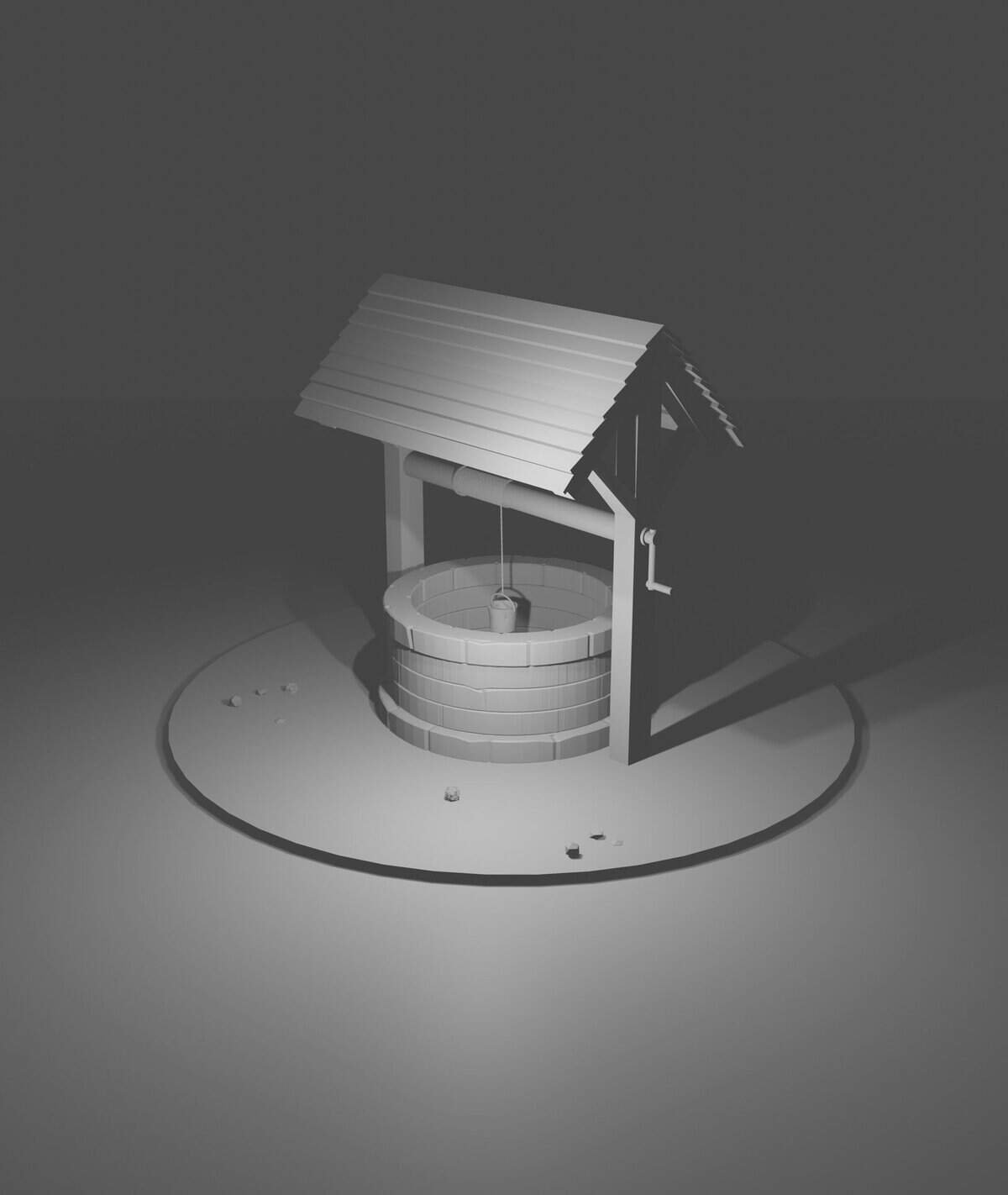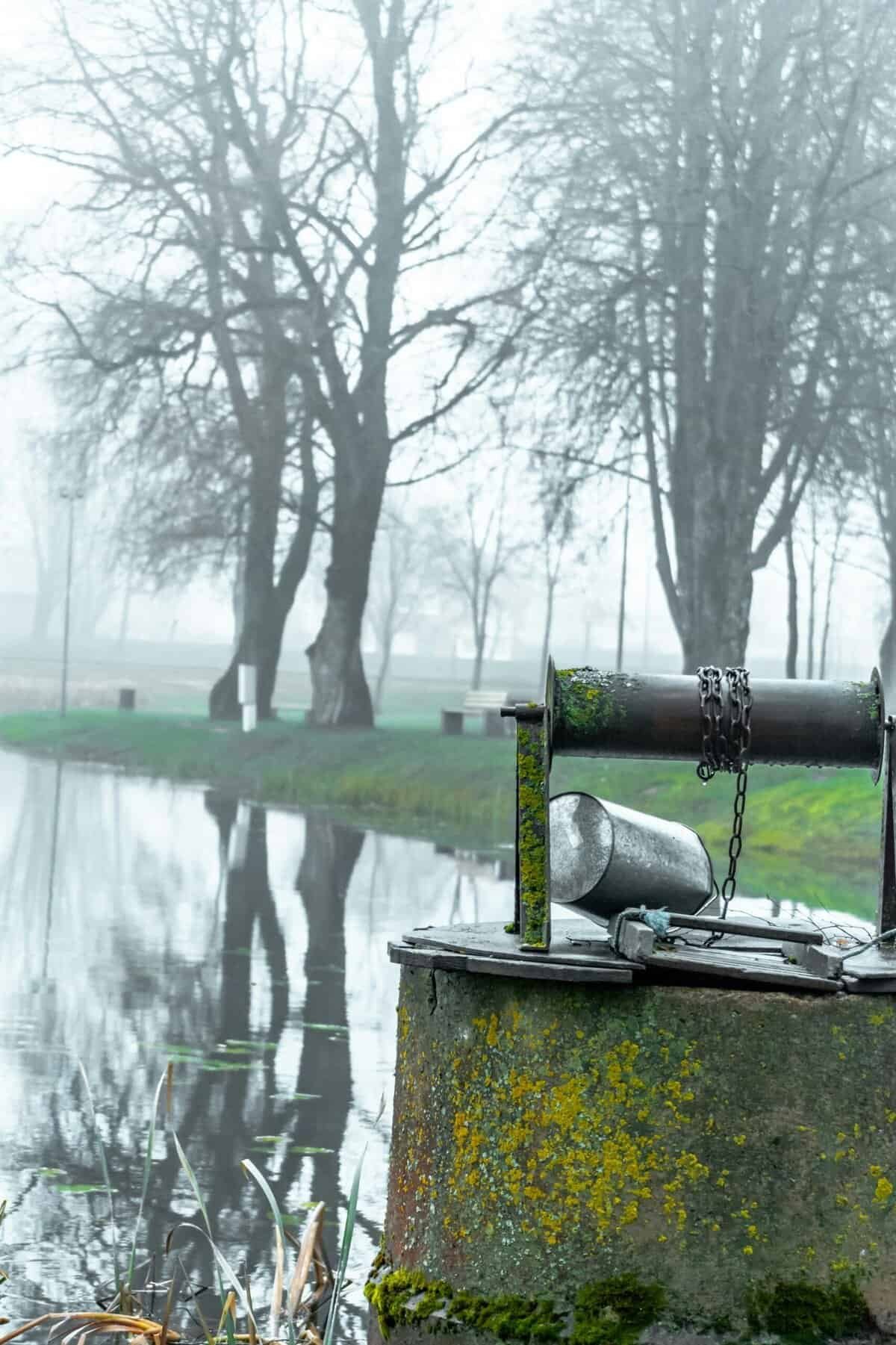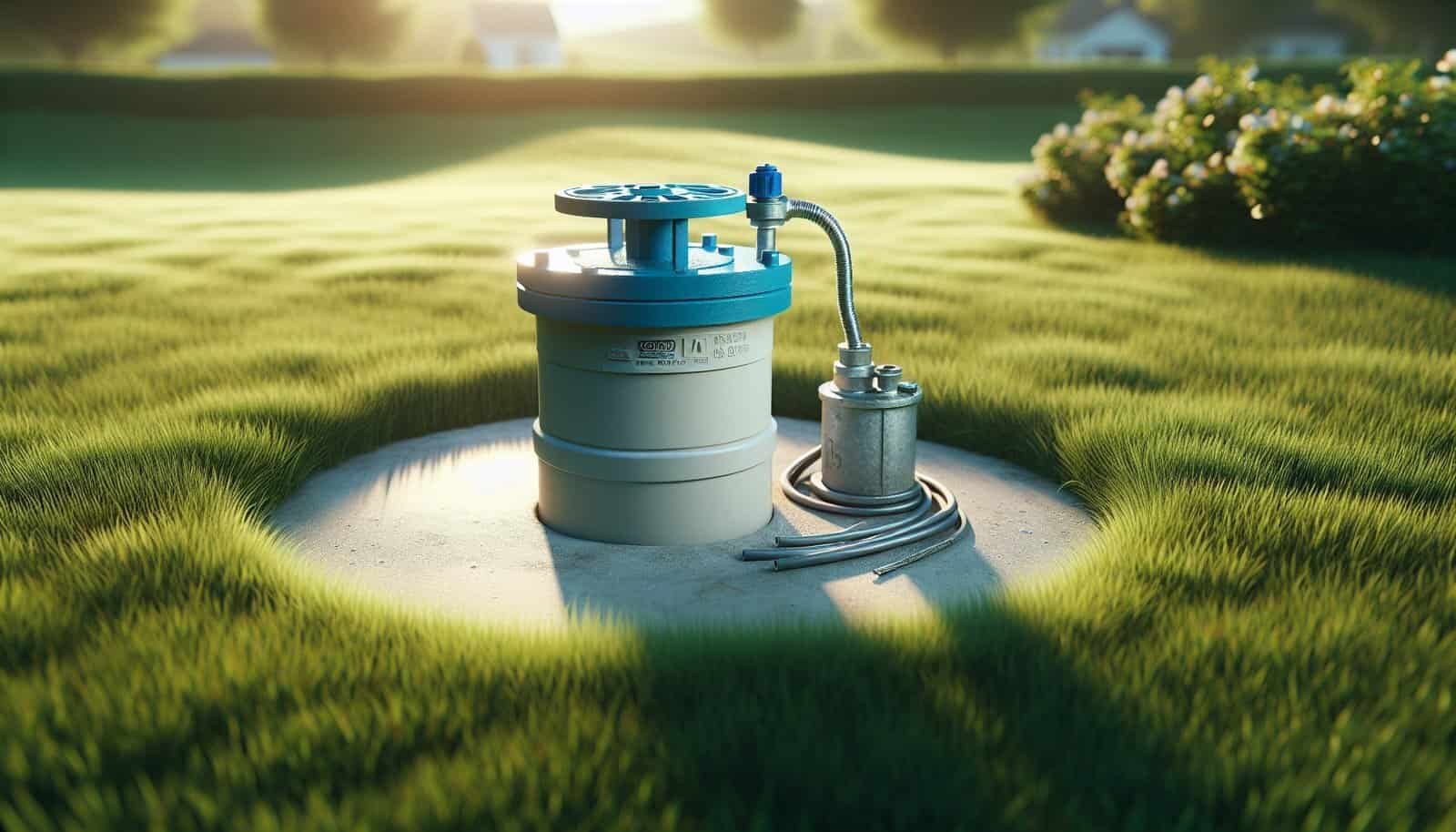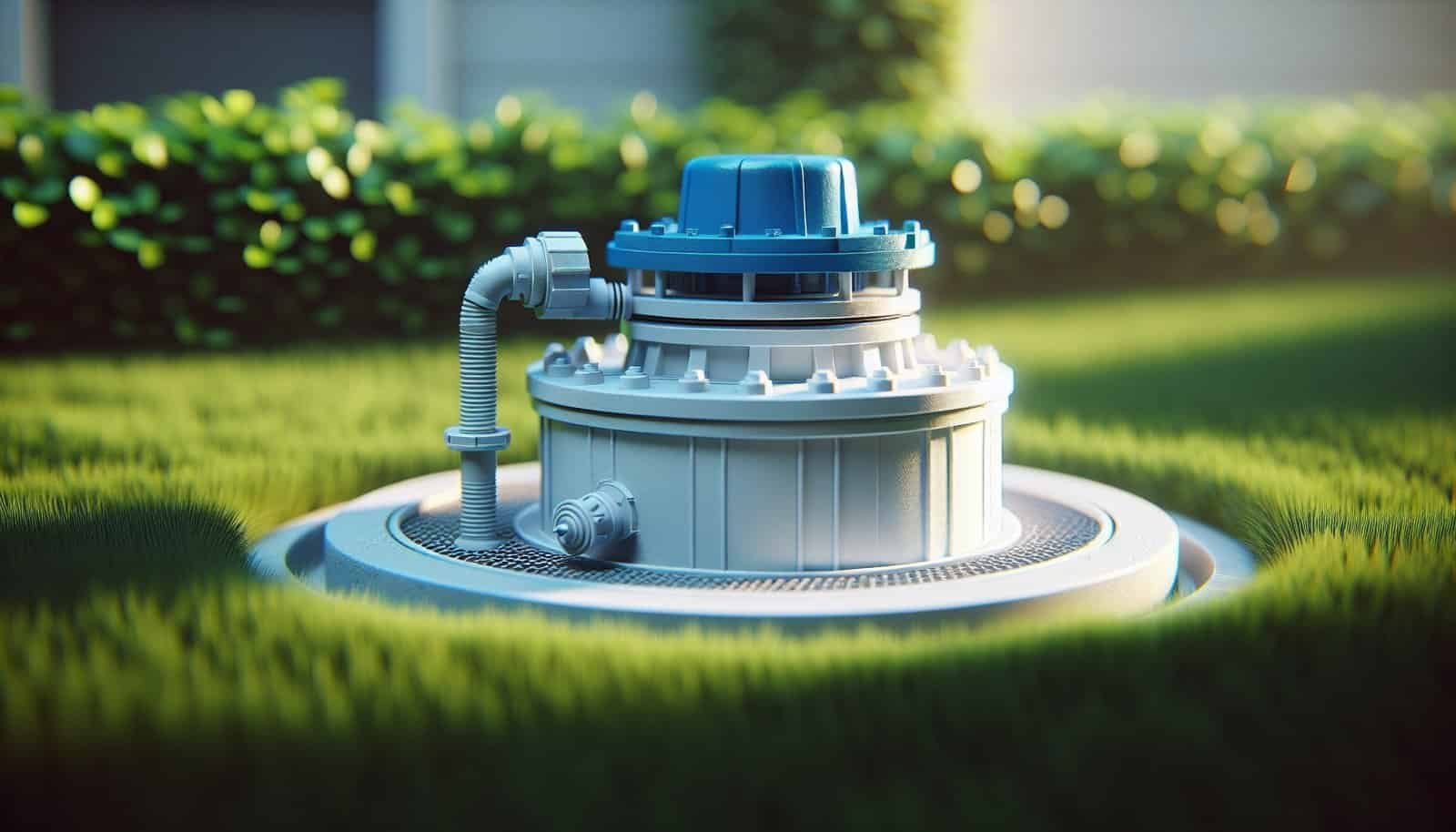?Have you ever wondered which type of well would be best for your property and why some homes use a simple sandpoint while others rely on deep drilled wells?

What Are The Different Types Of Residential Wells?
This article lays out the most common types of residential wells, how they are constructed, what to expect in terms of depth, yield, cost, maintenance, and water quality. You’ll get clear comparisons and practical guidance so you can assess what kind of well is likely to suit your land and needs.
Why understanding well types matters
You’ll make better decisions about drilling, repairs, or buying a property if you know the differences between well types. Different well constructions respond differently to geology, contamination risks, seasonal changes, and pump choices. Knowing these differences protects your water supply and helps you plan for long-term costs.
Groundwater basics: what feeds a well
You’ll find groundwater in the pores and fractures of soil and rock beneath the surface. Aquifers are the water-bearing layers that wells tap into. Some are shallow and perched near the surface; others are deep and confined between impermeable layers. Recognizing whether you have an unconfined or confined aquifer helps you pick the right well type and manage contamination risks.
Aquifers, recharge, and seasonal changes
In most places, groundwater levels fluctuate seasonally with rainfall, snowmelt, and water use. You’ll notice shallow wells are more affected by dry spells than deep wells. Recharge—the process that replenishes aquifers—is critical. If recharge is limited by geology or land use, well yields can decline over time.
Main categories of residential wells
Residential wells generally fall into these categories: dug wells, driven (sandpoint) wells, bored wells, and drilled wells (rotary or percussion). Some homes use springs, cisterns, or hauled water rather than a pumped well. You’ll choose based on soil conditions, bedrock depth, water needs, budget, and local regulations.
Dug wells (hand-dug and excavated)
Dug wells are excavated from the surface using a backhoe, shovel, or hand tools. They are usually quite wide (2–6 feet in diameter) and relatively shallow, often less than 25 feet deep.
- You’ll find dug wells in areas with a high water table and permeable soils.
- They’re more vulnerable to surface contamination, so good sanitary seals and well housing are essential.
- They can be cheaper to build but often require more maintenance and treatment (e.g., filtration, disinfection).
Driven wells (sandpoint wells)
Driven wells use a pointed pipe driven into unconsolidated sediments like sand or gravel and are typically shallow—often 10 to 30 feet deep. They’re common where the water table is close to the surface.
- You’ll get a fast, low-cost installation for suitable soils.
- They are best for portable or seasonal systems and for irrigation rather than long-term household supply in many regions.
- They don’t work well in bedrock or clay, and they can be limited in yield and longevity.
Bored wells
Bored wells are made with an auger or drilling rig that bores a larger-diameter hole than typical drilled wells. They can be shallow to moderate depth and are sometimes used where soil conditions make other types of wells impractical.
- You’ll see these in soils that are too soft for driven wells and too shallow for full rotary drilling.
- They require casing and sealing to protect from contamination.
- They can offer moderate yields but are less common than other methods.
Drilled wells (percussion and rotary)
Drilled wells are the most common for modern residential water supplies. Two main drilling methods are rotary and percussion (also called cable tool). Rotary drilling uses a rotating bit and circulating drilling fluid; percussion uses repeated hammering to break rock.
- You’ll get much greater depths—hundreds to thousands of feet—when drilling into bedrock.
- These wells are suitable for a wide range of geologies and typically have the best sanitary protection.
- Drilled wells allow the use of submersible pumps and usually provide stable yields and quality water.
Artesian and flowing wells
Artesian wells tap a confined aquifer under pressure. If the pressure is high enough, water will rise in the well and may flow at the surface without pumping.
- You’ll benefit from a natural pressure boost that can feed pressure tanks or gravity systems.
- Flowing wells are rare and must be properly controlled; uncontrolled flow can waste water and cause property damage.
- They typically indicate a confined aquifer with recharge areas at higher elevation.
Springs, cisterns, and hauled water (alternatives)
Not every residence uses a drilled well. Springs and cisterns can supply water, and some properties rely on delivered water (hauled) or shared community systems.
- You’ll use springs where groundwater naturally emerges; springs require protection and may need filtration.
- Cisterns collect rainwater; you’ll need treatment for potable use.
- Hauling water is an option in remote areas but is typically costly and inconvenient.
Typical depths and yields by well type
You’ll want to match depth and yield expectations to your household demand. The following generalizations will help you understand typical ranges:
- Dug wells: 5–25 feet depth; variable yield, often low and seasonally affected.
- Driven wells (sandpoint): 10–30 feet depth; modest yield, suitable for low-demand uses.
- Bored wells: 10–100+ feet depth; moderate yield, depends on local sediments.
- Drilled wells: 50–1,000+ feet depth; yields vary widely (a few gpm to hundreds of gpm) depending on aquifer properties.
- Artesian wells: depth varies; yield depends on pressure and aquifer size.
(gpm = gallons per minute)
How yield affects household use
You’ll need to size your well and pump to meet peak water demand. Typical household peak flows are 6–15 gpm for a medium-sized family depending on simultaneous use (showers, dishwasher, irrigation). If your well yields less than peak demand, you’ll rely on storage tanks and careful water management.

Table: Quick comparison of residential well types
| Well Type | Typical Depth | Typical Yield | Typical Cost Range | Pros | Cons |
|---|---|---|---|---|---|
| Dug | 5–25 ft | Low, variable | Low–Moderate | Low initial cost in soft soils; simple construction | High contamination risk; seasonal limitations |
| Driven (Sandpoint) | 10–30 ft | Low–Moderate | Low | Quick installation; low cost | Limited to unconsolidated soils; low longevity |
| Bored | 10–100+ ft | Moderate | Moderate | Suited to soft soils; larger diameter | Requires sealing; less common |
| Drilled (Rotary/Percussion) | 50–1000+ ft | Low–High | Moderate–High | Access to deep aquifers; sanitary | Higher cost; requires rig access |
| Artesian/Flowing | Variable | Moderate–High | Variable | Natural pressure; possible flow without pump | Potential for uncontrolled flow; site-specific |
Well construction basics
Understanding how wells are built helps you evaluate their long-term performance and maintenance needs. You’ll hear terms like casing, screen, grout, sanitary seal, and pitless adapter—each has an important role.
Casing and screen
Casing is the pipe that prevents hole collapse and protects water from contaminants. Screens at the lower portion let water in while keeping out sand and debris.
- You’ll typically see steel, PVC, or stainless steel casings depending on local conditions and regulations.
- Screen type and slot size are chosen based on aquifer material to balance yield with minimal sand production.
Grouting and sanitary seals
Grout (cement or bentonite) fills the annular space between the casing and the borehole wall to seal out surface water and prevent cross-contamination between aquifers.
- You’ll need a proper sanitary seal at the top of the well to stop surface contaminants from entering.
- Local codes often require a specific grout depth and material.
Well cap, vaults, and pitless adapters
The well cap prevents debris and small animals from entering the casing. Pitless adapters allow you to route water below frost line into buried piping to the pump or pressure tank.
- You’ll want a threaded or bolted cap that is vermin-proof.
- A pitless adapter reduces frost and contamination risks for above-ground piping.

Well pumps and delivery systems
You’ll match the well type and depth to the appropriate pump. Common options are jet pumps, submersible pumps, and hand pumps. Each has different installation needs and performance characteristics.
Submersible pumps
Submersible pumps sit below the water level, usually within the well. They’re efficient for deep wells and typically quieter.
- You’ll get better performance for deeper reversed lifts and higher yields.
- You’ll need to lower and retrieve the pump for maintenance—often requiring a contractor.
Jet pumps (above-ground)
Jet pumps draw water from the well using suction and are commonly used on shallow wells or with a constant-pressure system using a special configuration for deeper wells.
- You’ll find them easier to access for repairs since they’re above-ground.
- They are less efficient for deep wells and can have priming issues.
Hand pumps and manual systems
You’ll use hand pumps for remote, emergency, or low-cost systems. They’re simple and don’t need electricity.
- They’re ideal for cabins, emergency backups, or as a supplement.
- They require more work and are impractical for large households.
Pressure tanks and controls
You’ll usually have a pressure tank that stores water and reduces pump cycling. Controls like pressure switches or modern variable-frequency drives (VFDs) manage how the pump turns on and off.
- You’ll appreciate longer pump life and steadier water pressure with the right tank size.
- VFDs can optimize energy use and provide soft starts.
Water quality and treatment needs
Water from any well can require treatment depending on the source. You’ll want to test for bacteria, nitrates, pH, hardness, iron, manganese, hydrogen sulfide, arsenic, and other region-specific contaminants.
Microbial contamination
Coliform and E. coli bacteria indicate recent surface contamination or problems with the sanitary seal. You’ll need immediate action (disinfection) if tests are positive.
- Shock chlorination is often used to disinfect the well temporarily.
- You’ll investigate and repair sources of contamination before relying on the well again.
Common chemical and mineral issues
- Hardness (calcium/magnesium): You’ll see scale buildup in fixtures; water softeners help.
- Iron/manganese: You’ll notice staining and metallic taste; filtration and oxidizing filters treat these.
- Nitrate: Elevated levels are a health concern—especially for infants; point-of-use or point-of-entry treatment might be needed.
- Arsenic and other heavy metals: You’ll need specific treatment systems (reverse osmosis, adsorption media).
Seasonal and aesthetic differences
You’ll notice water temperature and clarity change with seasons. Colder water in winter can be beneficial for storage, while spring runoff can temporarily cloud shallow wells.

Choosing the right well type for your property
Choosing depends on geology, water needs, access, budget, and local codes. You’ll consult a qualified well driller or hydrogeologist to determine the likely success and cost.
Evaluate local geology and hydrogeology
You’ll gather existing well records, drill logs, or neighbor experience to learn how deep and what kind of aquifer is available. Bedrock and sand/gravel aquifers behave very differently.
- In glacial or alluvial areas, sand and gravel aquifers can be high-yield but shallow.
- In hard rock regions, you’ll likely need a drilled well into fractures and bedrock.
Consider water demand and redundancy
You’ll estimate daily and peak water use. If you irrigate or have multiple bathrooms, you might need a well with higher yield or storage. Consider redundancy: a secondary pump or storage tank can be lifesaving during pump failures.
Access, equipment, and budget constraints
You’ll factor in whether heavy equipment can reach the site. Restrictive access or environmentally sensitive areas can limit drilling options and raise costs. Compare upfront drilling expenses to long-term maintenance and treatment costs.
Permits, regulations, and testing requirements
You’ll need to follow local, state, or provincial regulations for well construction, abandonment, and water testing. Most places require well permits, inspection of grout and casing, and periodic water tests for bacteria.
Well abandonment and property transfer
If you abandon a well, regulations typically require it to be properly sealed to prevent cross-contamination. When buying property with a well, you’ll get water tested and ask about the well’s construction records (log, casing size, depth, pump type).
Regular testing and record-keeping
You’ll test for bacteria annually and for other contaminants every 1–3 years depending on results and local risks. Keep records of tests, maintenance, and any treatments for future reference or resale.

Maintenance and troubleshooting
You’ll plan routine maintenance: inspect the cap, test water, service the pump, check the pressure tank, and monitor yield. Prompt attention to changes in taste, odor, pressure, or clarity prevents bigger issues.
Common problems and likely causes
- Sudden loss of pressure: pump failure, electrical issues, or low water level.
- Dirty or cloudy water: surface infiltration, storm impacts, sand production.
- Rotten-egg odor (hydrogen sulfide): naturally occurring in some aquifers; treatment using aeration or activated carbon can help.
- Iron staining: iron bacteria or dissolved iron; iron filters and periodic chlorination may be needed.
When to call a professional
You’ll call a licensed pump contractor or well driller for major repairs, pump replacement, or if you suspect contamination that you can’t resolve with routine chlorination. Electrical diagnostics and deep-well retrievals are best handled by experienced technicians.
Cost considerations and lifespan
Costs vary widely by region, access, well depth, and aquifer difficulty. You’ll balance initial costs against long-term reliability and water quality.
Typical cost drivers
- Drilling depth and method: deeper or rock-drilling costs more.
- Casing material and diameter: steel vs PVC; wider diameters increase costs.
- Pump type and installation: submersible pumps and pressure tanks add to price.
- Site conditions and access: remote or steep sites increase mobilization costs.
Lifespan expectations
- Pumps: 8–20 years depending on use and maintenance.
- Well casing: decades if properly installed; corrosion can reduce lifespan in some conditions.
- Well screens: long-lasting but may clog over time from mineral or biological build-up.
Table: Typical lifecycle tasks and frequency
| Task | Frequency | Why it matters |
|---|---|---|
| Bacterial water test | Annually (or after repairs) | Detects contamination early |
| Inspect well cap & site | Semi-annually | Prevents surface contamination |
| Pressure tank check | Annually | Prevents short cycling and pump wear |
| Pump servicing | As needed (5–15 years) | Maintains reliable delivery |
| Shock chlorination | After contamination events | Disinfects temporarily; not a permanent fix |
Safety and environmental concerns
You’ll protect groundwater by keeping septic systems, fuel tanks, and chemical storage away from the well. Proper sealing and setback distances minimize contamination risk.
Sealing abandoned wells
Old wells can act as direct conduits for contamination if left open. You’ll ensure abandonment follows local regulations, usually requiring grout seals to certain depths.
Minimizing contamination risks
You’ll maintain setbacks, ensure surface drainage flows away from the well head, and prevent pollutants from pooling near the well. Use livestock fencing if animals could trample the area.
Frequently asked questions (FAQ)
How do I know if I have an artesian well?
You’ll know if water naturally rises in the well above the top of the aquifer and possibly flows at the surface. Well logs and local hydrogeologic maps can confirm confinement and pressure.
Can I install a new well myself?
Well installation usually requires specialized equipment and knowledge of local regulations; doing it yourself is not recommended in most places. You’ll likely need a licensed driller for permits and safe construction.
How often should I test my well water?
You’ll test for coliform bacteria at least annually and after any well work or flooding. Test other parameters like nitrates, metals, and organics every 1–3 years or as recommended by your local health authority.
What should I do if my well water becomes cloudy or discolored?
You’ll first check for recent construction, storms, or nearby work that could have introduced turbidity. If it’s persistent, contact a professional to inspect the well and consider filtrations or flushing procedures.
Making your next decision
You’ll choose a well type by combining knowledge of the local geology, your water demand, budget, and long-term goals for reliability and water quality. Consulting local drillers, county well logs, and a hydrogeologist will increase the chance you get a well suited to your needs.
Checklist before drilling or buying a well-equipped property
- Gather available well logs and local drilling reports.
- Test neighboring wells for typical water quality.
- Confirm access for drilling rigs and equipment.
- Check local permitting requirements and setback rules.
- Estimate household peak demand and storage needs.
- Budget for treatment and periodic maintenance.
Final thoughts
You now have a practical overview of residential well types, their construction, advantages, limitations, and maintenance needs. With this understanding, you’ll be better equipped to ask the right questions of well drillers, inspectors, and selling agents to ensure a safe, reliable water supply for your home.
If you want, you can tell me what region or soil/bedrock conditions you have and I can narrow down the likely well types on your property and suggest next steps.
